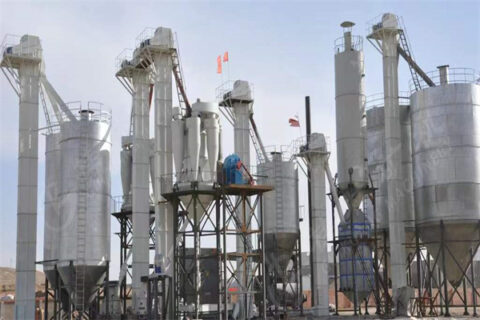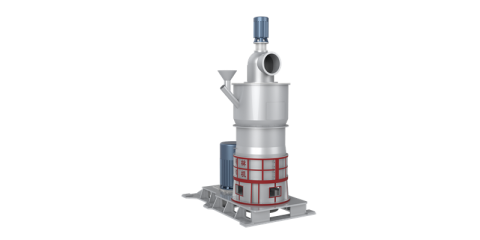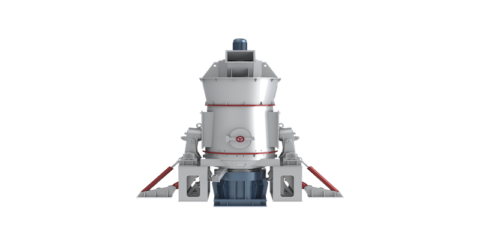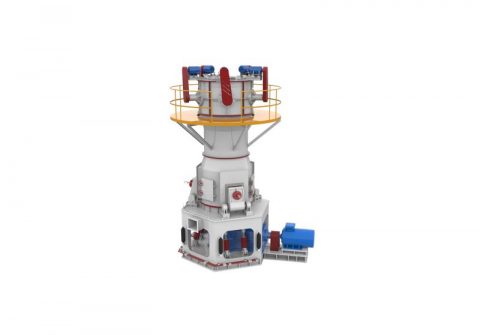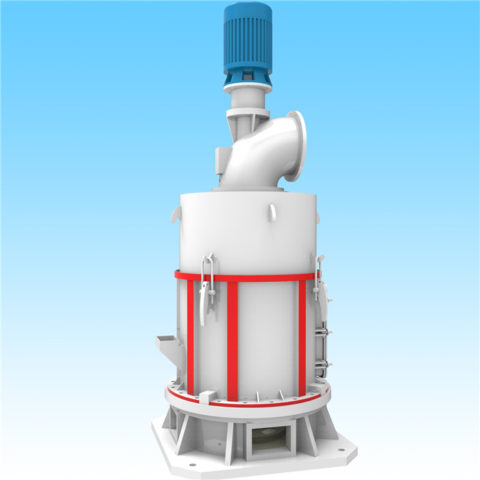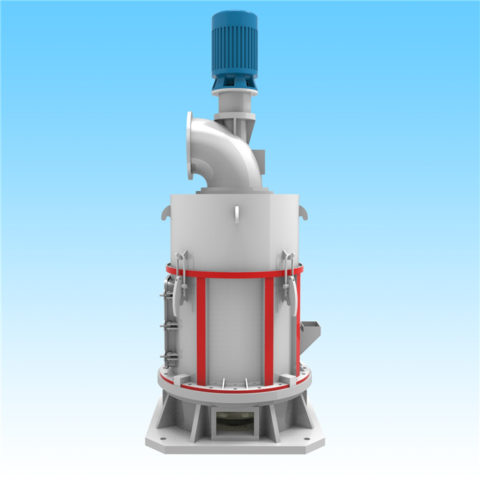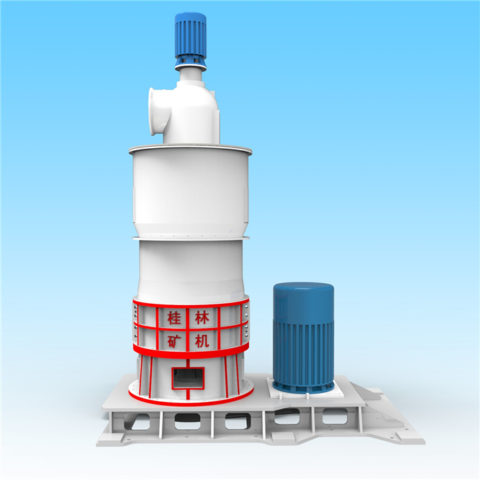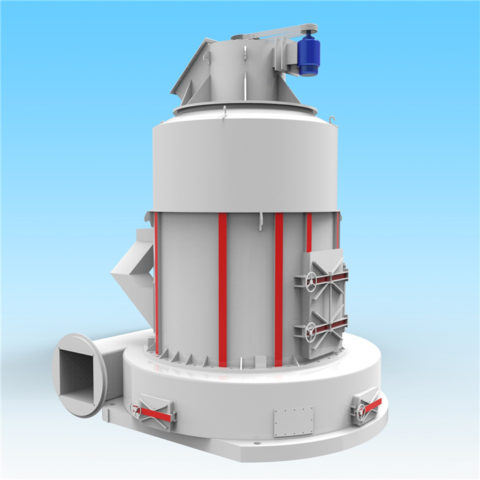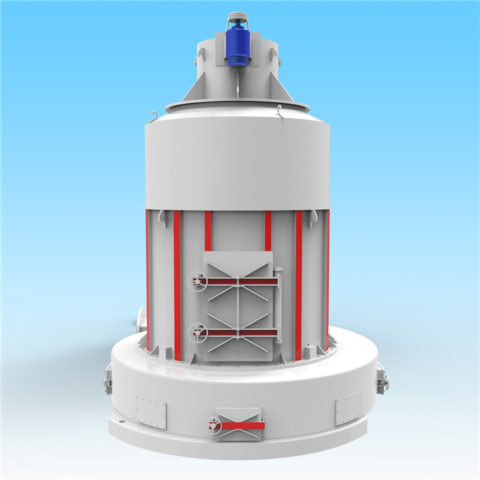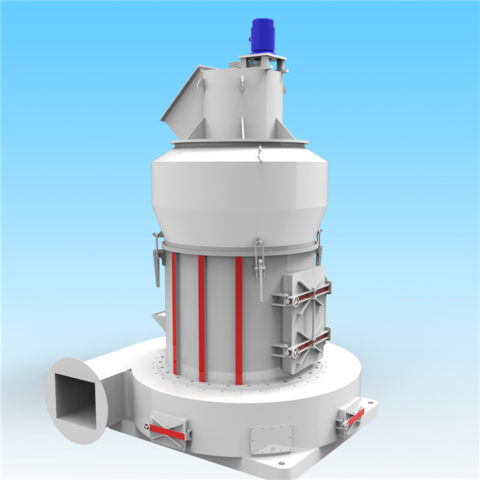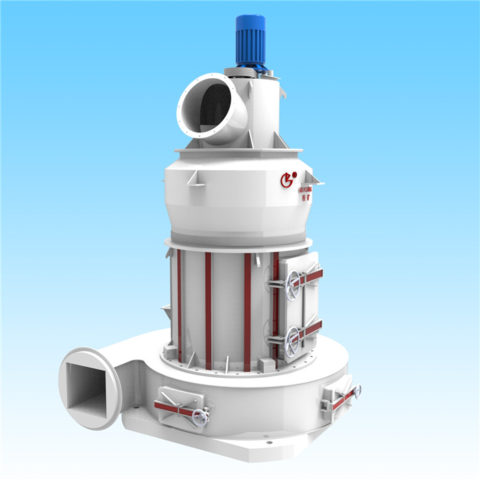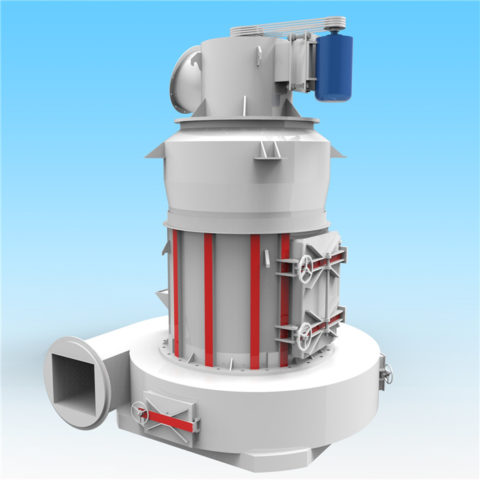Phosphogypsum is the solid waste residue produced in the production process of sulfuric acid extraction of phosphoric acid. Every ton of phosphoric acid produced will produce 4.5~5.5 tons of phosphogypsum. The massive discharge of phosphogypsum not only occupies a lot of land, but also pollutes the soil, water system and atmosphere due to the long-term immersion of phosphogypsum in rainwater, in which soluble phosphorus and fluoride are transmitted to the environment through water bodies. Therefore, it is necessary to use phosphogypsum grinding mill to achieve sustainable development of phosphate fertilizer industry and high utilization of phosphogypsum. The sodium phosphogypsum has good gelling effect and thermal stability, and is suitable for the production of building materials and fire protection products. It can save a lot of land occupation costs for stockpiling, and solve the problem of phosphogypsum polluting the surface and groundwater.
The sodium phosphogypsum is composed of phosphogypsum, palygorskite clay, magnesium oxide, sodium carbonate, instant sodium silicate, polyvinyl alcohol and hydroxypropyl methyl cellulose. The method of using phosphogypsum grinding mill to sodium phosphogypsum: high-temperature flue gas is used to dehydrate phosphogypsum into hemihydrate gypsum to enhance the gelling effect of phosphogypsum. After the dehydration of phosphogypsum, it is beneficial to improve the flame retardancy, sound insulation and heat insulation effects of phosphogypsum. Palygorskite, also known as palygorskite or palygorskite, is a kind of layered chain structure of water rich magnesium aluminum silicate clay mineral. Palygorskite clay has a unique layered chain structure characteristics, with crystals in needle, fiber or fiber aggregate. Attapulgite clay has unique colloidal properties such as dispersion, high temperature resistance, salt and alkali resistance, high adsorption capacity, and certain plasticity and cohesion. Magnesia has the general property of alkaline oxide and belongs to cementitious material, which can improve the colloidal property of phosphogypsum. The sodium phosphogypsum is fed into the phosphogypsum vertical roller mill for grinding. The powder after grinding is sodium phosphogypsum with particle fineness ≤ 0.074mm.

